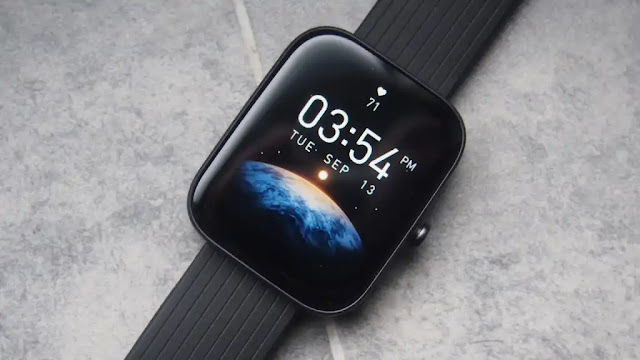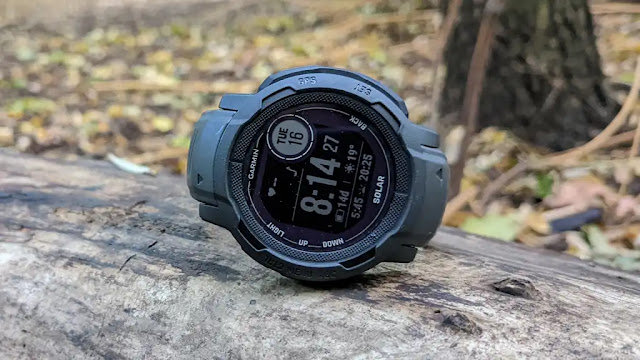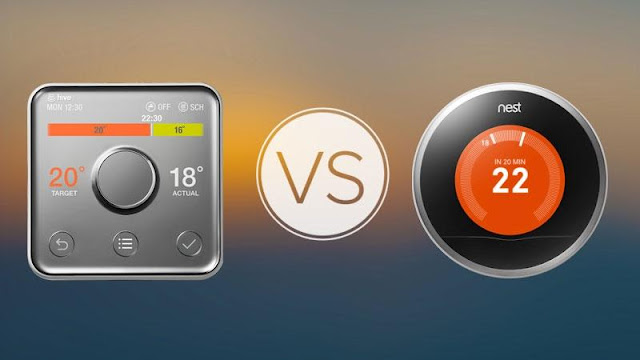All the differences between the Fitbit Charge 4 and Inspire 2 activity trackers explained.
Fitbit’s new activity tracker, the Inspire 2, replaces the original Inspire and Inspire HR when it becomes available at the end of September. Its main competition is Fitbit’s own Charge 4, which was released at in March.
You can also choose one of Fitbit’s smartwatches, including the new Sense and Versa 3. But here we will look at the differences between the Inspire 2 and Charge 4. Read our Fitbit Charge 4 review.
Both are labelled activity trackers rather than smartwatches because they have monochrome rather than colour screens and don’t offer a range of smart apps.
Each is swimproof up to 50m. Common to both are a three-axis accelerometer, optical heart-rate monitor, and vibration motor.
The Fitbit Charge 4 comes with an altimeter (to count floors climbed) and a built-in GPS, which is its main claim over the Inspire 2. The cheaper tracker can connect to your phone’s GPS, but the Charge 4’s built-in GPS means you can go for a run, hike or bike ride without your phone and still measure your pace and distance, and then see a map of your workout in the Fitbit app.
Each is also cheaper than the colourful watches, so let’s start with price.
price
The original Inspire cost £69 or US$69. The Inspire 2 costs the same as the old Inspire HR at £89 in the UK, US$99, €99, and A$179.
So the entry point price for Fitbits just got a little higher.
But now every Fitbit boasts a heart-rate monitor, which we have always said is worth the extra outlay. That said, if all you want is a pedometer you might want to look at the much-cheaper end of the tracker market – although you’ll miss out on the fantastic Fitbit app and challenges.
The Charge 4 comes in more expensive at £129, US$149, €149, A$249. In reality, you are paying for the built-in GPS.
Remember to check online for the best Fitbit deals. Bargains for the newest trackers will take some time to come through, but you might spot some Charge 4 discounts now that the Inspire 2 is coming out. Or look for bigger discounts on the retiring Inspire, Inspire HR and discontinued Charge 3.
Both trackers cover the basic exercise metrics you’d expect.
- Step count
- Distance
- Active Zone Minutes
- Calories burned
- Reminders to Move
- 20+ Goal-Based Exercise Modes + SmartTrack
You get a bit more with the Charge 4, which includes an altimeter, so you also can track Floors Climbed – useful for pushing yourself off the flat path.
The Charge 4 also offers a Workout Intensity Map, thanks to its built-in GPS. After your outdoor exercise, you can check the Fitbit app to see your heart-rate zones throughout your route to better track your progress.
Health Features Identical
The health-related features are the same on both the Charge 4 and Inspire 2. You get:
- All-day activity tracking
- 24/7 heart-rate tracking
- Heart rate zones
- Resting heart rate
- Female health tracking
- Guided Breathing
- Advanced sleep tracking
- Sleep Score
- Cardio Fitness Score
Music On Charge
The Charge 4 also offers limited music controls. Add some tunes to your workout by controlling music, liking songs and browsing your Spotify (Premium only) playlists and podcasts.
Smart Features
Being just activity trackers, both the Inspire 2 and Charge 4 miss out on the apps you’ll find with the Fitbit smartwatches, and there’s no Alexa or Google voice assistant to chat to.
But both trackers offer call, text & app notifications.
And you can use contactless payments from your wrist using Fitbit Pay on the Charge 4.
Both trackers sit in slim wristbands, with accessory options for colours and materials.
The tracker itself is more obvious in the Inspire 2, sticking out a little from the band.
Both feature a robust watch-type buckle.
The Inspire 2 comes in three colours: Black, Lunar White, and Desert Rose.
The Charge 4 comes in four colours: Black, Rosewood, Storm Blue/Black, and a Special Edition in Black with a reflective woven granite band.
Battery Life
One area where the Inspire 2 beats the pricier Charge 4 is battery life. It offers 10 days (depending on usage), compared to the Charge 4’s seven-day battery life (again varying by usage and especially on the use of the GPS).














0 comments:
Post a Comment